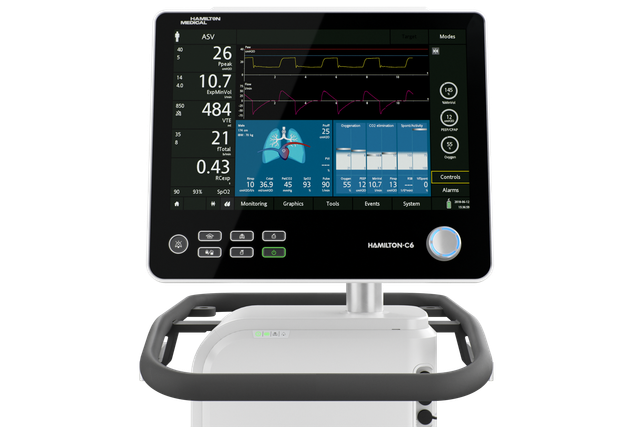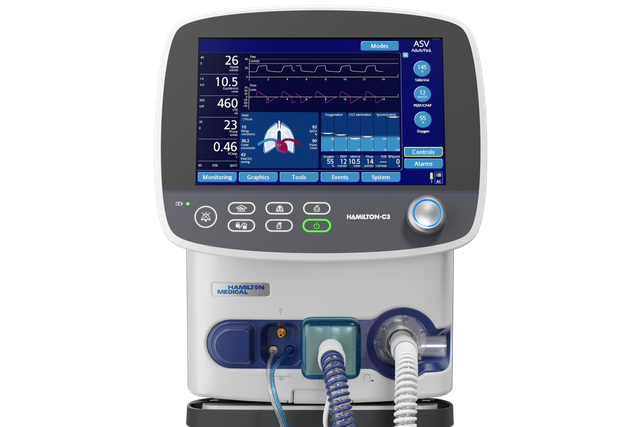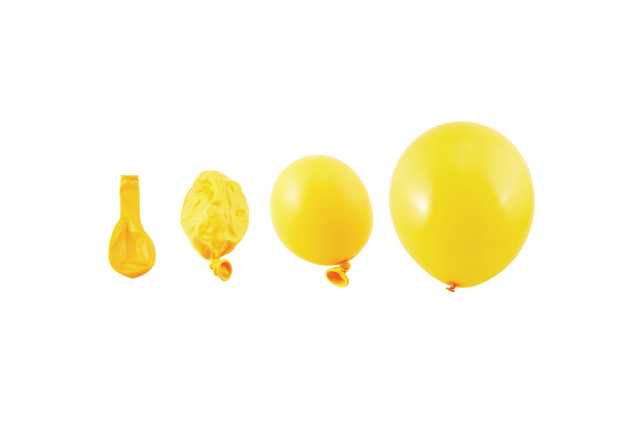
Recruiter or non‑recruiter? A diagnostic tool
The Protective Ventilation Tool (P/V Tool) performs a respiratory mechanics maneuver that records a quasi‑static pressure‑volume curve, which describes the mechanical behavior of the lungs and chest wall during inflation and deflation.
This method can be used to assess lung recruitability and determine the recruitment strategy to apply (
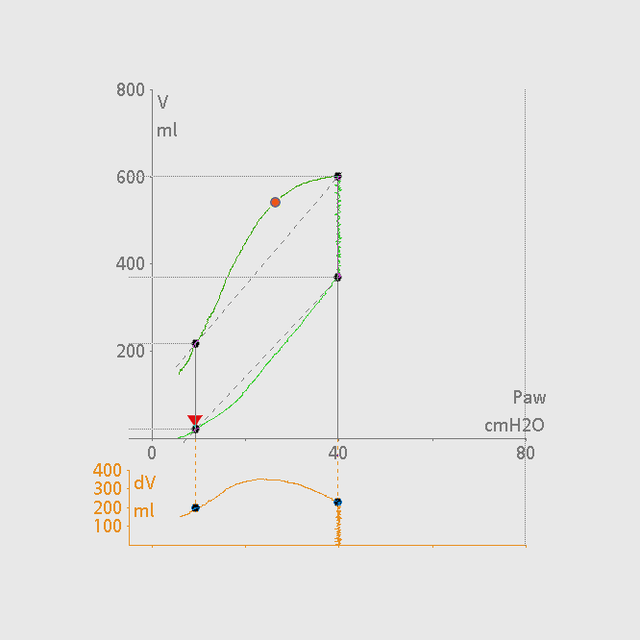
What is the right strategy? Use a recruitment tool
The P/V Tool can also be used to perform a sustained inflation recruitment maneuver and measure the increase in lung volume (
This is particularly helpful in ARDS patients, as selecting an appropriate lung‑recruitment strategy and the correct PEEP setting as an anti‑derecruiting force are critical for this patient group (
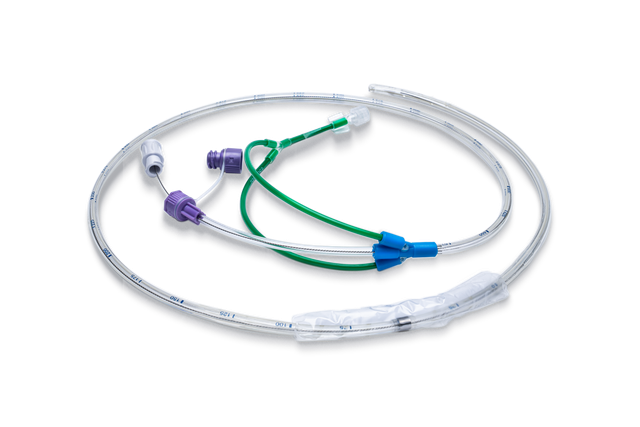
Can it improve your ventilaton strategy? A lung‑protection tool
In combination with esophageal pressure measurement, the P/V Tool can give you a clearer understanding of the lung and chest‑wall mechanics.
This enables you to apply a lung‑protective ventilation strategy by titrating the PEEP level (
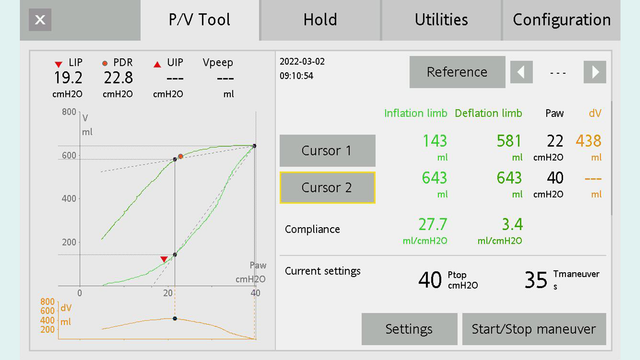
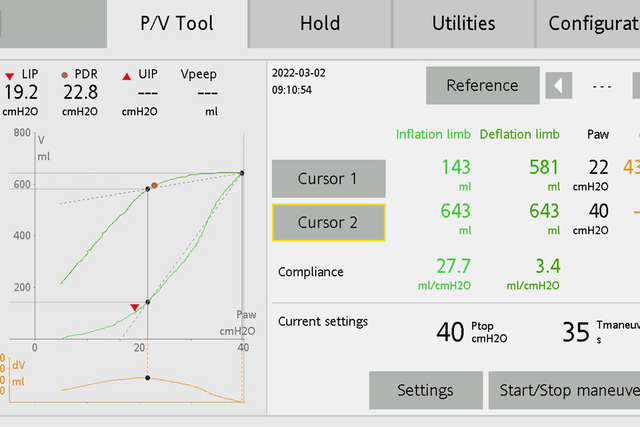
How does it work? P/V Tool principles
You can perform P/V Tool maneuvers without making any changes to the mode or ventilator settings. Normal ventilation can be resumed at any time. The P/V Tool records the pressure‑volume relation of the lungs at low‑flow conditions (2‑5 cmH2O/s).
The breathing circuit is pressurized linearly to the operator‑set pressure target. When the pressure reaches the target, pressure is reduced back to the starting pressure.
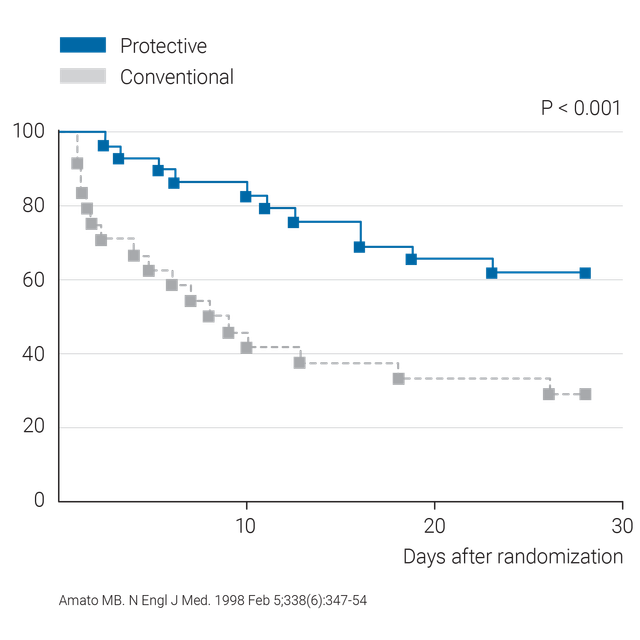
Do you have proof? A look at the evidence
Lung protection is one of the major objectives when mechanically ventilating a patient.
In terms of changes in oxygenation, recruited volume, or hyperinflation, lung characteristics and morphology are strong predictors of the response to PEEP settings or recruitment maneuvers (
A personalized strategy may decrease mortality in moderate‑to‑severe‑ARDS patients if lung morphology is correctly assessed (

Good to know! P/V Tool training resources
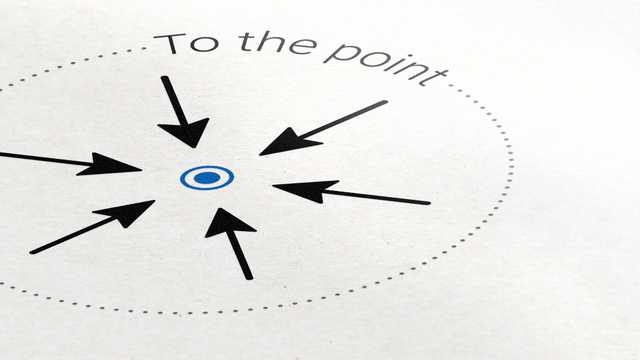
To the point Get the lowdown on milestones in medical research
Find out more about the quasi‑static PV curve for assessing recruitability at the bedside! It’s just one of the articles in our collection that brings you the key facts and findings from watershed papers in an easy‑to‑digest format.
Availability
The P/V Tool Pro is available as an option on the HAMILTON‑C3/C6 and HAMILTON‑G5.
For more information
P/V Tool brochure
P/V Tool® Pro Quick Reference Card
P/V Tool® Pro User guide User Guide
Pressure target increase in P/V Tool® vs. continuous low flow
Lung recruitment bibliography
References
- 1. Demory D, Arnal JM, Wysocki M, et al. Recruitability of the lung estimated by the pressure volume curve hysteresis in ARDS patients. Intensive Care Med. 2008;34(11):2019‑2025. doi:10.1007/s00134‑008‑1167‑8
- 2. ELO20160409S.01
- 3. Gattinoni L, Caironi P, Cressoni M, et al. Lung recruitment in patients with the acute respiratory distress syndrome. N Engl J Med. 2006;354(17):1775‑1786. doi:10.1056/NEJMoa052052
- 4. Caironi P, Cressoni M, Chiumello D, et al. Lung opening and closing during ventilation of acute respiratory distress syndrome. Am J Respir Crit Care Med. 2010;181(6):578‑586. doi:10.1164/rccm.200905‑0787OC
- 5. Constantin JM, Futier E, Cherprenet AL, et al. A recruitment maneuver increases oxygenation after intubation of hypoxemic intensive care unit patients: a randomized controlled study. Crit Care. 2010;14(2):R76. doi:10.1186/cc8989




